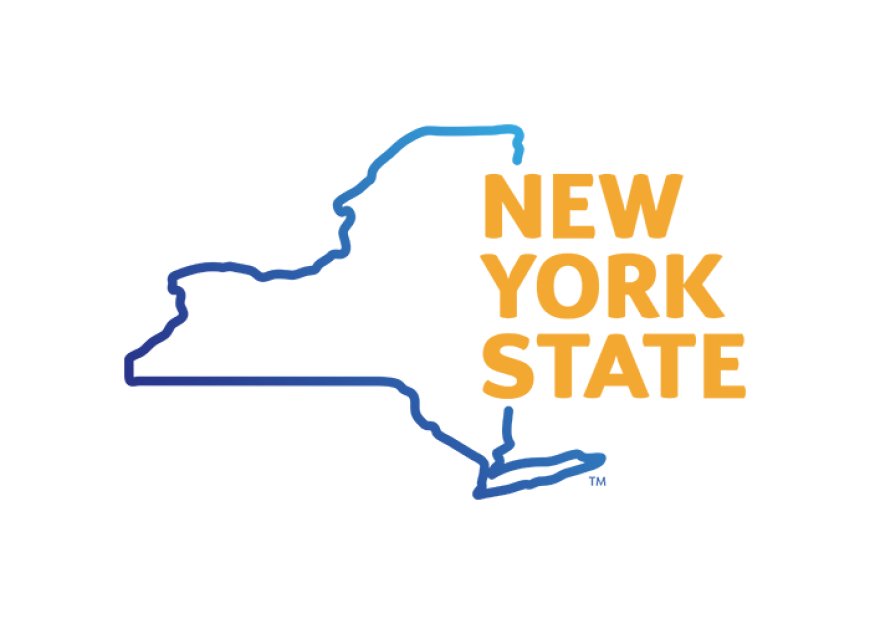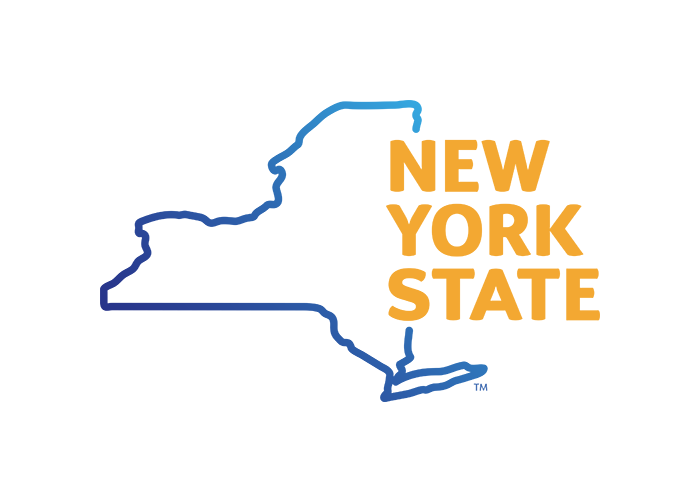New York State Recognizes Child Support Awareness Month in August
New York State Recognizes Child Support Awareness Month in ... Office of Temporary and Disability Assistance


August 2, 2023
Governor Hochul Issues Proclamation Recognizing New York’s Child Support Program for Playing a Vital Role in the Lives of More than 525,000 Youth Statewide
Recognition Coincides with Ongoing Pilot Program and Listening Sessions Aimed at Making the Child Support Process Safer for Domestic Violence Survivors in New York
The New York State Office of Temporary and Disability Assistance (OTDA) and Office for the Prevention of Domestic Violence (OPDV) today acknowledged Child Support Awareness Month in August. They announced listening sessions in two upstate counties to gather input on how to make the child support process safer for domestic violence survivors. These agencies are currently coordinating a federally funded pilot program called the Safe Access for Victims’ Economic Security (SAVES) demonstration. The program aims to develop and test new approaches to ensure the safety of all New Yorkers pursuing child support.
Acting Commissioner Barbara C. Guinn from the Office of Temporary and Disability Assistance stated, “As we highlight Child Support Awareness Month, we must also recognize the important role child support can play in helping the survivors of domestic violence achieve financial independence. The work being undertaken by the SAVES demonstration will lay the foundation for enhanced safety and economic stability for survivors, which in turn can provide them with added strength to remove themselves from an abusive relationship once and for all.”
New York’s SAVES demonstration, based on a national program, has partnered with local domestic violence programs in 12 counties. These partnerships have established Impact Expert Advisory Groups to gather feedback from survivors on how to improve access to child support services. Two listening sessions were conducted earlier this year, and two more are scheduled for this month in Wayne and Chautauqua counties as part of Child Support Awareness Month. Nine additional sessions are planned throughout the state during the fall.
Executive Director Kelli Owens from the Office for the Prevention of Domestic Violence stated, “Too often, survivors of domestic and gender-based violence cannot safely access the systems of service that New York State provides — this is especially true of child support services. Financial abuse is one of the most common forms of domestic and gender-based violence, and many abusive partners have learned how to manipulate child support systems in their favor. The SAVES program will allow child support services to become more accessible to survivors and will ultimately increase the number of survivors who seek out child support services.”
Governor Kathy Hochul has also issued a proclamation designating August as Child Support Awareness Month in New York State. The proclamation highlights the important role that New York’s Child Support Program plays in reducing child poverty, enhancing the economic stability of families, and promoting parental involvement.
The Child Support Program in New York is administered by OTDA. It assists annually in establishing parentage and right-sized child support orders for over 525,000 children and youth under the age of 18. In the previous year, the program collected and disbursed more than $1.65 billion in child support. New York is one of 13 sites nationwide to receive funding through the SAVES demonstration grant from the Administration for Children and Families of the U.S. Department of Health and Human Services. Over five years, the grant will provide the state with more than $1.5 million to enhance safe access to child support and related services for victims and survivors of domestic violence.
Experts from OTDA and OPDV are currently collaborating with local partners and others to develop and implement comprehensive policies and procedures. These aim to enhance safety when establishing parentage, implementing child support and visitation orders, modifying and enforcing existing orders, connecting survivors to essential support services, identifying and mitigating disparities in access caused by victimization, and adopting case management strategies to guide interactions with parents who have used violence. Following the development of these changes, New York City and the other selected counties will implement them to test their effectiveness and make further adjustments as needed.
The SAVES demonstration conducted impact expert advisory group listening sessions hosted by the Domestic Violence Program of Fulton County in May and the YWCA of the Mohawk Valley in Oneida County in June. Additional listening sessions will be hosted by:
- Survivor Advocacy Center of the Finger Lakes in Wayne County on August 17
- ANEW Center in Chautauqua County on August 23
The goal of these sessions is to gather feedback from survivors on safety risks associated with the child support process and suggestions for improvements, including current child support forms. The focus of the advisory group is strictly on impact experts’ experiences with the child support system, and not on their individual victimizations. Participants will receive a stipend.
Survivors interested in participating in the sessions should reach out to the host providers directly. They may also send an email to SAVES_information@opdv.ny.gov for additional information. The Office for the Prevention of Domestic Violence (OPDV) has been the country’s only Cabinet-level agency dedicated to gender-based violence for the past 30 years. The agency’s mission is to improve New York State’s response to and prevention of domestic and sexual violence, with the goal of enhancing the safety of all New Yorkers in their intimate relationships through policy, programming, and public awareness. OPDV also works with local providers to ensure the statewide service delivery system is survivor-centered, trauma-informed, and culturally responsive.
New York State’s Domestic and Sexual Violence Hotline provides free, confidential support 24/7 and is available in most languages: 800-942-6906 (call), 844-997-2121 (text), or @opdv.ny.gov (chat). Individuals can also visit www.ovs.ny.gov/connect to find a victim assistance program in their community.
View Governor Hochul’s Proclamation.
SDGs, Targets, and Indicators
-
SDG 1: No Poverty
- Target 1.2: By 2030, reduce at least by half the proportion of men, women, and children of all ages living in poverty in all its dimensions according to national definitions.
- Indicator: Proportion of population living below the national poverty line.
-
SDG 5: Gender Equality
- Target 5.2: Eliminate all forms of violence against all women and girls in the public and private spheres, including trafficking and sexual and other types of exploitation.
- Indicator: Proportion of ever-partnered women and girls subjected to physical, sexual, or psychological violence by a current or former intimate partner in the previous 12 months.
-
SDG 10: Reduced Inequalities
- Target 10.2: By 2030, empower and promote the social, economic, and political inclusion of all, irrespective of age, sex, disability, race, ethnicity, origin, religion, or economic or other status.
- Indicator: Proportion of people living below 50 percent of median income.
| SDGs | Targets | Indicators |
|---|---|---|
| SDG 1: No Poverty | Target 1.2: By 2030, reduce at least by half the proportion of men, women, and children of all ages living in poverty in all its dimensions according to national definitions. | Proportion of population living below the national poverty line. |
| SDG 5: Gender Equality | Target 5.2: Eliminate all forms of violence against all women and girls in the public and private spheres, including trafficking and sexual and other types of exploitation. | Proportion of ever-partnered women and girls subjected to physical, sexual, or psychological violence by a current or former intimate partner in the previous 12 months. |
| SDG 10: Reduced Inequalities | Target 10.2: By 2030, empower and promote the social, economic, and political inclusion of all, irrespective of age, sex, disability, race, ethnicity, origin, religion, or economic or other status. | Proportion of people living below 50 percent of median income. |
Behold! This splendid article springs forth from the wellspring of knowledge, shaped by a wondrous proprietary AI technology that delved into a vast ocean of data, illuminating the path towards the Sustainable Development Goals. Remember that all rights are reserved by SDG Investors LLC, empowering us to champion progress together.
Source: otda.ny.gov

Join us, as fellow seekers of change, on a transformative journey at https://sdgtalks.ai/welcome, where you can become a member and actively contribute to shaping a brighter future.







